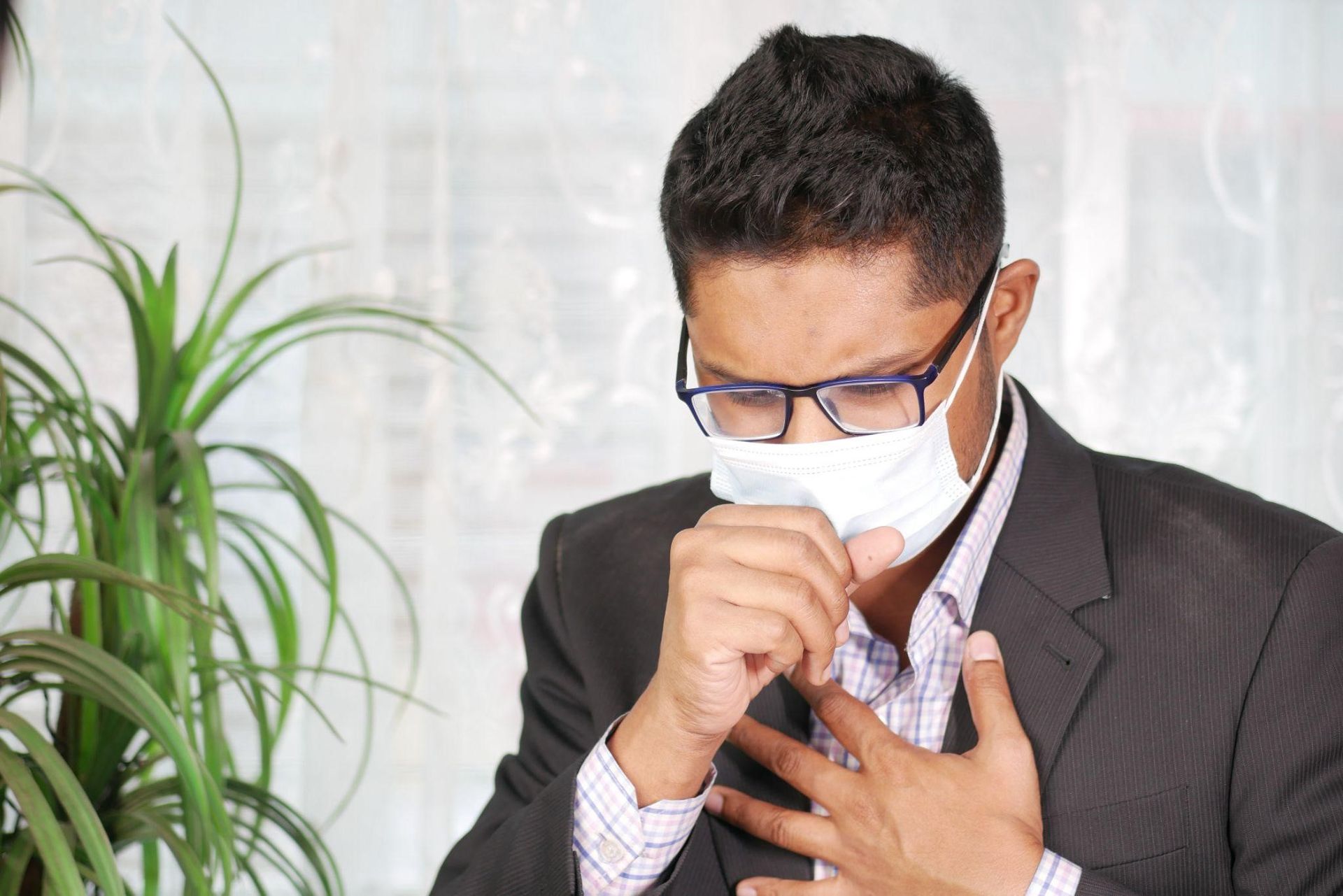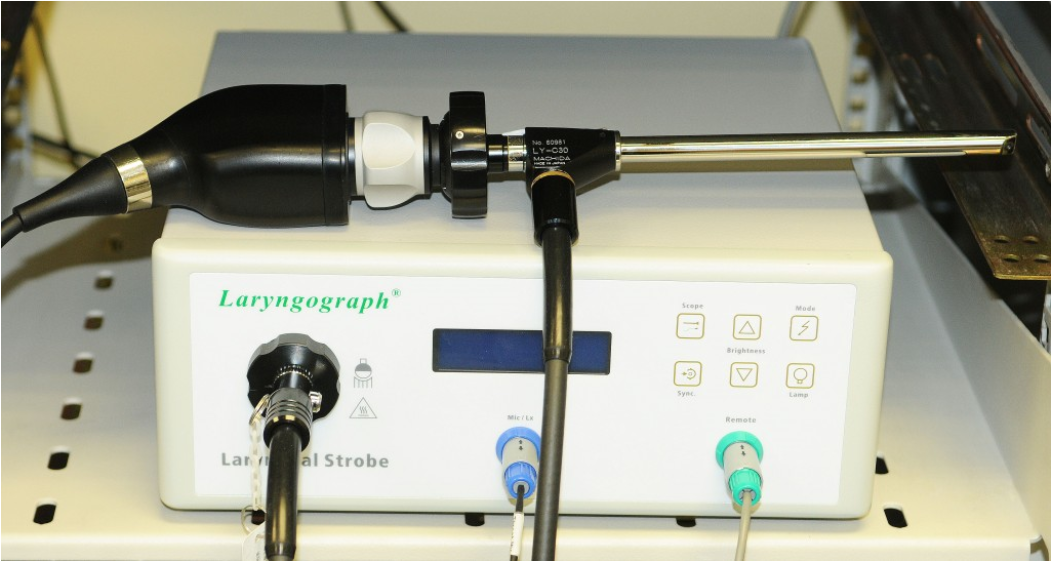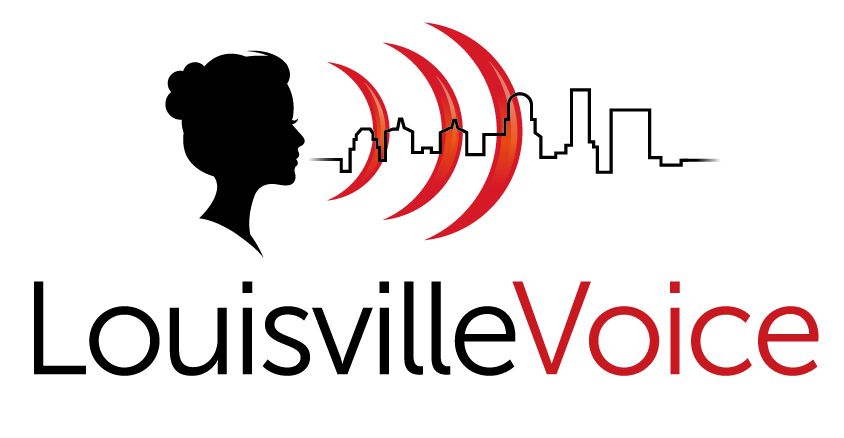Awake Laser Treatment of Recurrent Respiratory Papillomatosis (RRP)
With the advent of several new innovations and heightened technological advances, it’s now easier than ever for otolaryngologists and voice doctors to provide treatment quickly and safely. One of the new developments that can be successfully used to treat recurrent respiratory papillomatosis (RRP) is awake laser treatment for the larynx.
What Is Recurrent Respiratory Papillomatosis?
Recurrent Respiratory Papillomatosis (RRP) is a rare chronic disease characterized by recurrent tumors (non-cancerous) or wart-like growths in the respiratory tract, primarily in the larynx and trachea. These growths are called papillomas and are caused by certain types of the human papillomavirus (HPV).
The symptoms of RRP can differ based on the location of the growths. If present in the vocal cords, it will likely cause voice changes, and if the lesions become too large it could cause breathing problems.
How Is Recurrent Respiratory Papillomatosis Treated?
The main treatment for RRP is usually surgery through the mouth to remove the diseased tissue. This is typically done using a KTP laser due to its ability to selectively target tissues. Since papilloma needs a large blood supply to grow, it contains more blood vessels than regular, undiseased tissue, allowing the KTP laser to easily remove the diseased tissue while preserving healthy vocal cord membranes.
This procedure takes place in the operating room, after which it can be easily managed with awake laser treatment.
What Is Awake Laser Treatment?
Although surgery treats the symptoms of RRP by removing the growths, it does not resolve the underlying cause which is the HPV infection. This infection can persist in the tissues even after removal of the growths, which is where postoperative, office-based treatment can help.
Awake laser treatment is a safe and efficient procedure that can help treat recurring papilloma with the patient being completely awake. Awake laser surgeries are done using a flexible laryngoscope and a laser fiber with local anesthesia (numbing spray) in a procedure room. The laser fiber directs a green light KTP laser to target the blood supply to the growth.
Throughout the process, the patient can remain awake and even interact with the surgeon.
Benefits of Awake Laser Treatment
● Safe for high-risk patients. Awake laser treatment does not require general anesthesia, making it a safe option for older patients with cardiac disorders or other complications that might cause them to react badly to general anesthesia.
It is also a viable procedure for patients with severe cervical spondylosis or trismus, for example, which can make it difficult to use conventional micro-instruments.
● Quick and painless. The procedure itself can be conducted relatively quickly, with no pain involved.
● No recovery time. Awake laser treatments remove the need for recovery time since there is no general anesthesia used. The patient can eat in one hour after the procedure and even drive home on their own.
● Lower cost. Since there is no need for an operating room or general anesthesia, awake laser treatment is less costly.
Awake laser treatment is an extremely viable treatment option to treat several kinds of benign and precancerous growths in the larynx. Dr. Elizabeth Burckardt and her team are one of the first to offer awake laser treatment in the Kentuckiana area. To learn more, contact us today!










